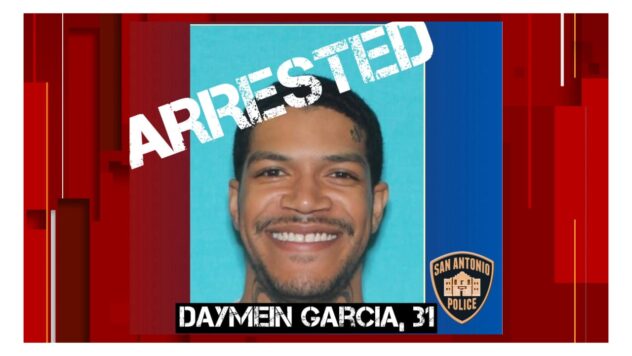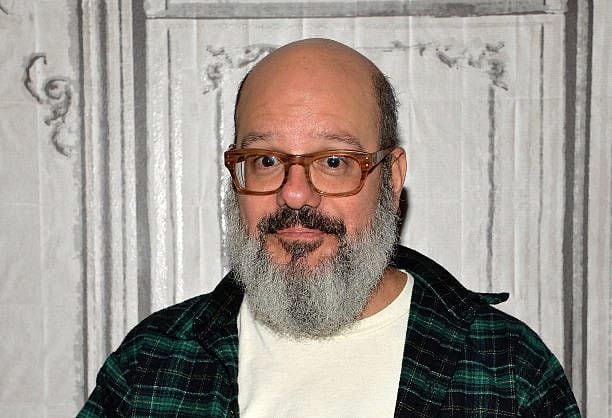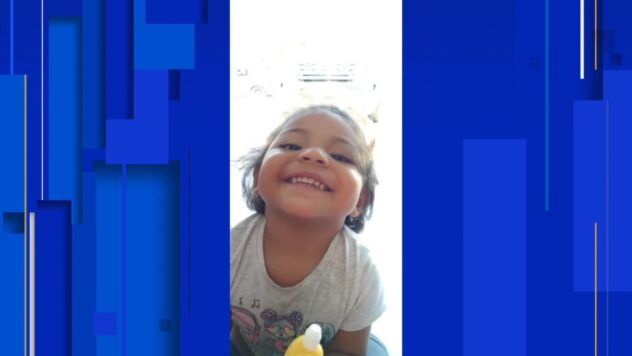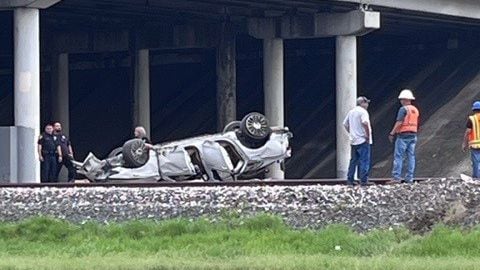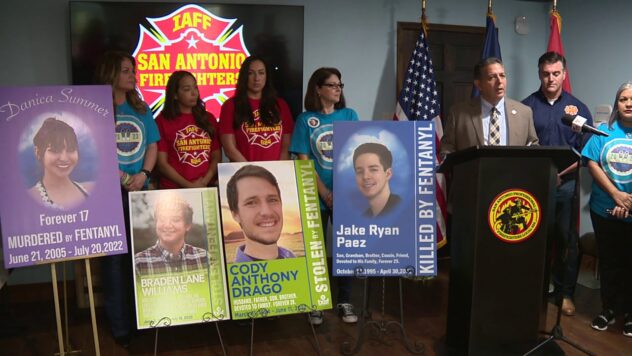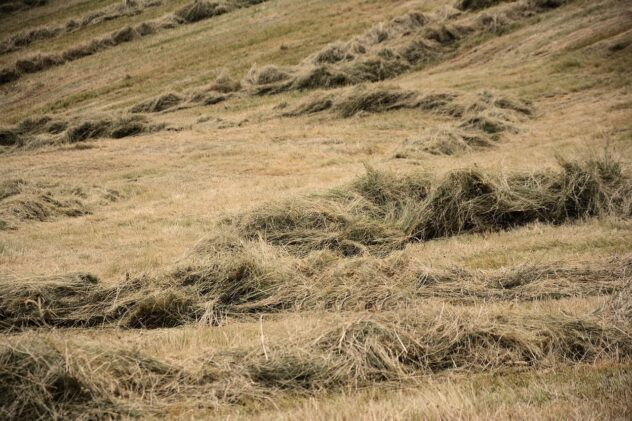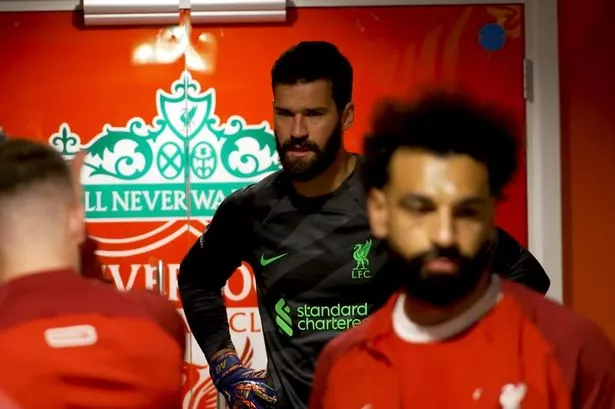Celebrating San Antonio’s Drop in New COVID-19 Cases? Not So Fast, UTSA Prof Warns
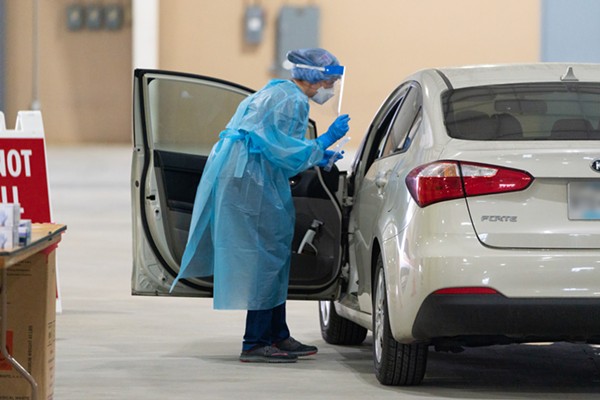
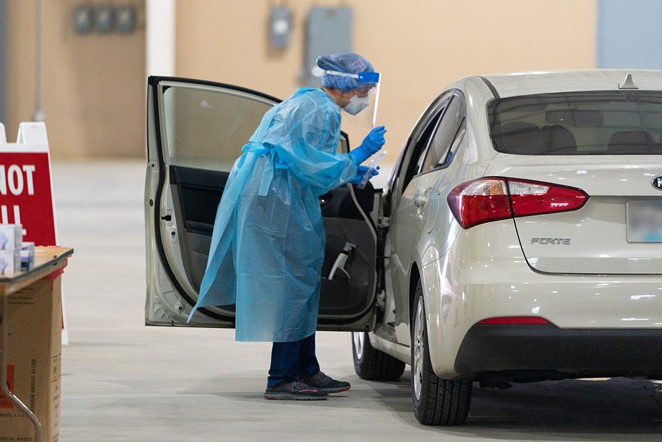
- Courtesy Photo / City of San Antonio
- A health worker conducts a COVID-19 test at a drive-through testing site.
After days of climbing numbers of COVID-19 infections and a staggering record jump of 1,268 cases on Tuesday, San Antonio’s number of new cases went up by just 439 on Wednesday.
Finally, some good news, right? Maybe a sign that Judge Nelson Wolff’s order requiring local businesses to make masks mandatory is flattening the curve.
Not so fast, warns Juan Gutiérrez, chair of the University of Texas at San Antonio’s math department. In a new report analyzing Bexar County COVID-19 data, the professor cautioned that the recent numbers are inconclusive.
“In principle, this could be good news,” he writes. However, he adds that the data since June 21 don’t pass a basic statistical test. “The drop is larger than what we believe to be possible in absence of a large event between June 5 and June 15.”
Gutiérrez — whose specialty is applying mathematical models to infectious disease outbreaks — said he hoped the analysis he ran Wednesday could determine whether Wolff’s June 17 mask ordinance is changing the trend. But more data is required.
“It might take several days before we can tell with certainty,” he said.
Gutiérrez’s numbers differ from those shared nightly by city and county officials, which are solely based on those collected by San Antonio Metro Health. The professor analyzes both Metro Health’s numbers and those of the South Texas Regional Advisory Council, which transmits data in a more efficient, real-time manner.
If the mask order and other local mandates don’t change the trend the professor recorded on June 20, San Antonio is likely to outstrip its hospital resources next week and hit a quarter million cases by the end of summer.
Gutiérrez said he’s hopeful people are taking city and county orders seriously, which means the worst-case scenario is less likely. Even so, he likens efforts to slow the rapid spread to stopping an already moving train.
“By some time next week, it will be evident whether we’re hit by the train — or not,” he said.
Working against the local orders, he warns, is the willingness of some residents to buy into disinformation spread by Fox News and Internet sources that downplay the importance of masks and other protective measures.
“Perhaps that’s the worst pandemic right now: disinformation,” Gutiérrez said.
Stay on top of San Antonio news and views. Sign up for our Weekly Headlines Newsletter.

